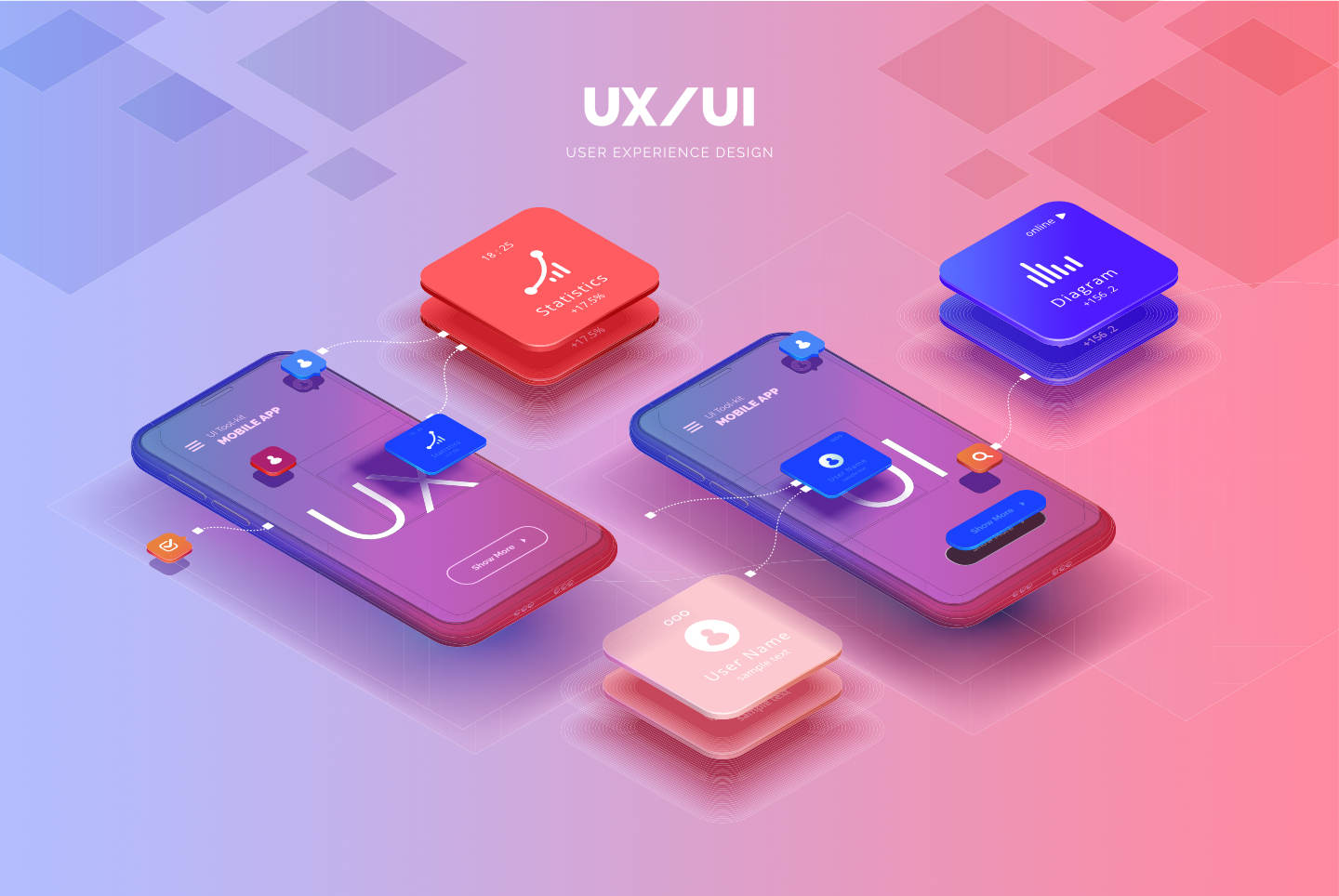UX/UI Design
Jumpstart your design journey with our UX/UI Design course, perfect for beginners looking to build a strong foundation in user interface and user experience design. Learn how to create intuitive, visually appealing AI and digital products by mastering essential skills like wireframing, user research, interface design, and basic prototyping. Whether you're designing websites or mobile apps, this course will equip you with the knowledge to craft impactful user experiences.
Apply for the ongoing June 2nd, 2025 intake
Part-time Remote
UX/UI Design
Are you ready to transform your career and embrace the dynamic world of design? Our foundational part-time UX/UI Course offers you a unique opportunity to acquire essential skills in user interface and user experience design, all while fitting into your busy schedule. Designed for individuals at various stages of their careers, this course equips you with the practical knowledge and hands-on experience needed to excel in the fast-growing field of UX/UI. Whether you’re a high school graduate exploring your future, a university graduate seeking to enhance your employability, or a working professional aiming for a career shift, our course is tailored to help you succeed.
Course Details
UX/UI Design equips designers with the core skills needed to create user-friendly and visually engaging digital products. It covers key UI elements like design aesthetics and layout, alongside UX essentials such as user research and prototyping. This foundation helps designers develop products that not only look great but also deliver seamless and effective user experiences while aligning with business objectives
- High School Graduates: Ideal for recent high school graduates looking to explore a career in design and gain early experience in a promising field.
- University Graduates: Perfect for recent university graduates seeking to bridge the gap between academic knowledge and practical, job-ready skills.
- Working Professionals: Suitable for professionals looking to get into tech or feeling stagnant in their current roles and wanting to pivot into a more creative and fulfilling career.
- Have basic computer skills.
- Must have a computer or laptop ( core i5 – i7, 8GB RAM, 500GB memory).
- All classes are fully online. You are required to have access to a stable internet.
- No prior design experience needed. This course is designed for beginners, so no previous UX/UI experience is required.
- Availability to attend all classes and commitment to learning
Our course offers a unique blend of theoretical understanding and practical application, empowering you to:
- In-Demand Skills: Acquire UX/UI design skills that are highly sought after in today’s job market, setting you apart from the competition.
- Flexible Learning: Adapt to your busy life with our part-time schedule, including evening and weekend classes.
- Hands-On Projects: Gain real-world experience by working on practical projects and building a portfolio that stands out
- Instructor-Led Instruction: Learn from industry professionals who bring real-world experience and insider knowledge.
- Career Support Services: Benefit from personalized career guidance and networking to help you launch your new career.
If you are in search of a unique learning experience this is the place for you. We guarantee you will learn market-aligned skills through our practical and comprehensive curriculum.
- Project-based learning
- Technical Mentor Support
- Interactive workshops and group discussions
- Access to a dedicated online platform for course materials and resources.
- Access to a global community of learners all over Africa
Get ready to design life-changing user experiences for digital products and websites
Apply HereCurriculum Overview
- Local Environment Set Up – Canvas & Course structure
- Learning to learn.
- Figma’s Foundations
- Distinguishing Product Design from UX Design.
- Design Ethics
- Inclusive Design
- Accessibility
- Problem Space Research
- Market Research
- Qualitative research
- Quantitative research
- Digital Well-being
- Synthesis
- Problem Scoping
- Sketching and Rapid Prototyping
- Evaluating (Early ideas)
- Visual Composition
- Visual Hierarchy
- Elements of Composition
- Layout Grids
- Imagery and iconography
- Color Models
- Applying Color
- Typography
- Applying type
- Interaction Principles
- User Interface Patterns
- Animation principles
- Micro interactions
Design a project that will allow you to choose a specialization in either UX Research, UX Design, or UI Design
Study part-time to master essential UX/UI skills and gain hands-on experience, while establishing a solid foundation in Product Design for future career growth


